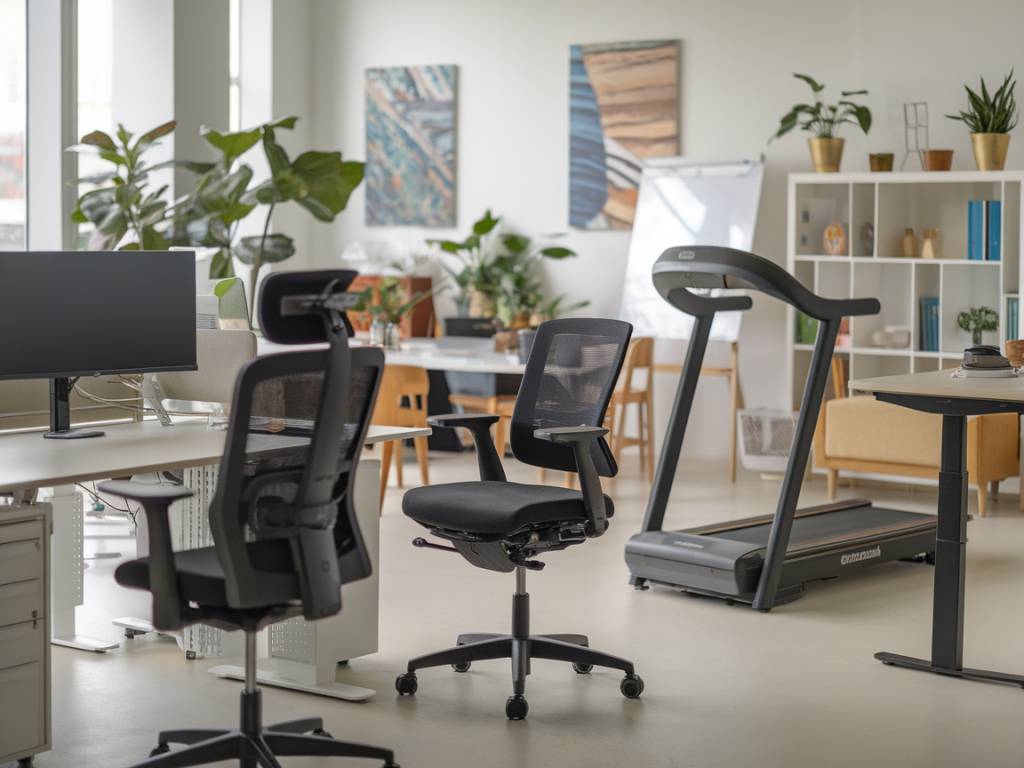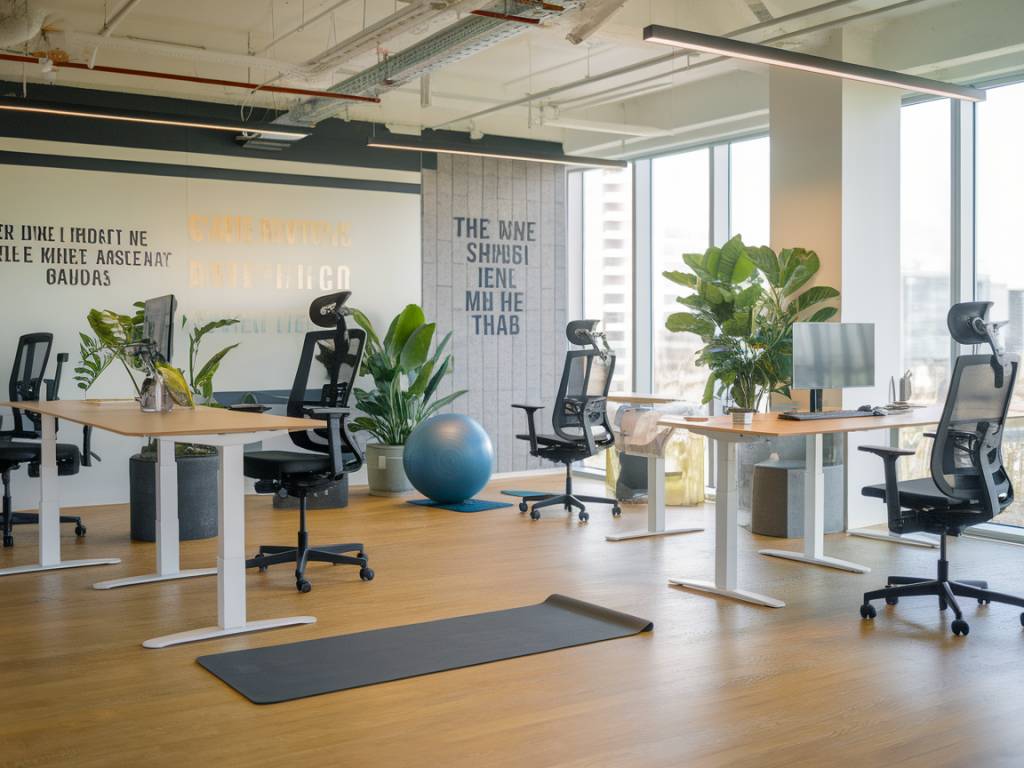What are the latest innovations in occupational health and safety?
In the ever-evolving field of occupational health and safety, the latest innovations can sometimes feel like something out of a futuristic novel. But these advancements are not only fascinating—they’re essential for creating safer, healthier workplaces. So, what’s on the cutting edge of occupational health and safety today? Fasten your seatbelt as we explore some of the groundbreaking developments making waves in workplace safety.
Wearable Technology: Your Personal Safety Assistant
Wearables have long been associated with fitness tracking, but their application in workplace safety is truly revolutionary. Imagine a construction worker equipped with a smart helmet that monitors fatigue through brainwave sensors, or gloves that detect hazardous materials through chemical sensors. These devices provide real-time data, alerting workers to potential risks before they result in accidents. It’s like having a vigilant guardian angel ensuring your safety throughout the workday.
Here’s a fun anecdote: A major construction company recently integrated smart vests into their workforce. These vests monitor vital signs and environmental conditions, alerting wearers of overheating or exposure to harmful substances. The result? A significant reduction in heat stress incidents and a healthier, more productive team.
Virtual Reality: Training for Real-life Scenarios
Who says safety training has to be dull? With virtual reality (VR), employees can now immerse themselves in lifelike scenarios without leaving the training room. VR enables workers to experience hazardous situations in a controlled environment, honing their skills in reaction and problem-solving. This innovative approach not only enhances learning but also boosts retention rates, making safety procedures second nature.
Picture this: an oil and gas company using VR to train employees on emergency evacuations. The realistic simulations mimic everything from a minor spill to a full-blown blaze, allowing trainees to practice their responses without real-world risks. Talk about a high-stakes game that actually prepares you for the unexpected!
AI and Predictive Analytics: Staying One Step Ahead
Artificial intelligence (AI) is not just a buzzword—it’s a game-changer in predicting and preventing workplace incidents. By analyzing vast amounts of data, AI systems can identify patterns and forecast potential hazards. This proactive approach allows companies to implement preventive measures before accidents occur, making the workplace safer and more efficient.
An innovative example? A manufacturing plant employed AI to analyze data from machinery sensors, predicting equipment failures and scheduling maintenance before breakdowns occur. The outcome? Not only were costly downtimes reduced, but employee safety was enhanced by preventing accidents related to equipment malfunctions.
Smart Infrastructure: A Brainy Take on Building Safety
Remember when buildings were just tall structures with walls and roofs? Times have changed. Today’s smart buildings are equipped with sensors that monitor everything from air quality to structural integrity. These intelligent systems ensure a safe environment by adjusting lighting, ventilation, and temperature based on occupancy and external conditions.
Consider this: A leading tech company in Europe designed their headquarters with embedded smart systems that adjust ventilation based on the CO2 levels detected. This not only optimizes energy use but also ensures that employees work in a fresh, healthy atmosphere. It’s the building equivalent of having its own health and safety manager!
Mental Health Innovations: A Holistic Approach
It’s not all about physical safety; mental well-being is just as crucial. Recent innovations have placed a strong emphasis on integrating mental health into occupational safety strategies. From AI-driven mental health apps to stress-reduction programs supported by VR, companies are recognizing the need to foster a balanced environment for their employees.
Consider an anecdote from a corporate giant that implemented a mental wellness VR program. Employees could escapade into calming virtual environments for a few minutes each day. The result? A noticeable decline in reported stress levels and an increase in overall job satisfaction. It’s almost like a mini-vacation minus the need for leave approval!
The Role of Big Data: Informed Decisions for Better Safety
Big data isn’t just for marketing anymore; it’s playing a pivotal role in enhancing workplace safety. By harnessing data collected from various sources, companies can gain insights into trends and potential risks, enabling informed decision-making. This data-driven approach allows for the customization of safety strategies to meet the specific needs of a workplace.
Picture a logistics company using big data to analyze delivery routes and driver behavior. They discovered patterns of fatigue-related incidents at certain times of the day and implemented new schedules to mitigate risks. The result was a safer, more efficient operation with happier, well-rested drivers.
As we continue to integrate these innovations into our occupational health and safety practices, it’s clear that we’re on the brink of a safer, smarter, and more dynamic working world. The key lies in embracing these technologies and continuously adapting to their evolving capabilities. After all, in the realm of workplace safety, change is not only constant but crucial.



